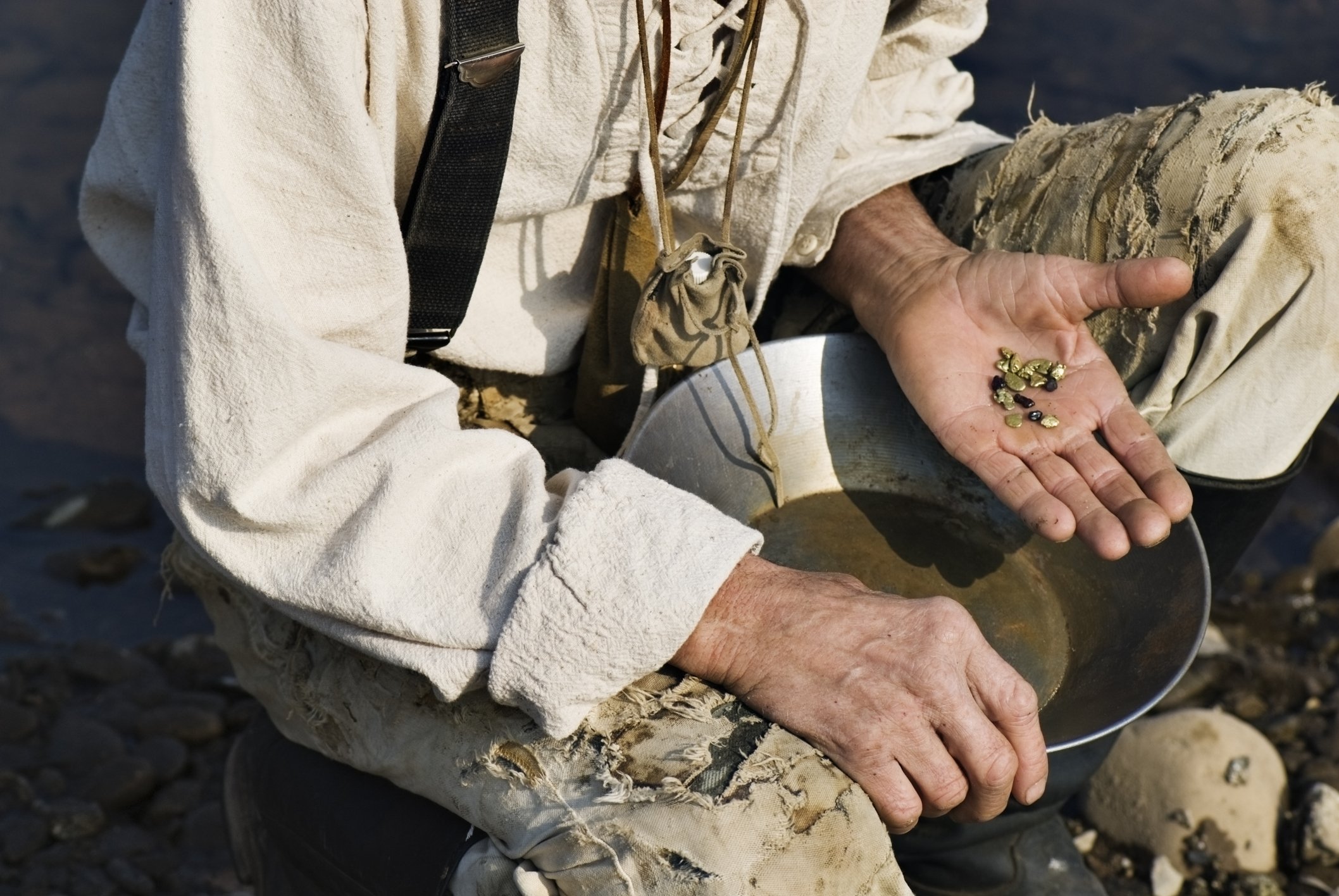Methods and the Literature Review
by Janet Salmons, PhD Research Community Manager for Sage Research Methods Community
How do you know where you going if you don't know where you've been?
Reviewing literature to situate it in a research tradition is an essential step in the process of planning and designing research. A literature review shows the reader where your research is coming from, and how it is situated in relation to prior scholarship. Attention is necessarily given to literature about the research problem, which places the study in one or more disciplines. To situate the study within a scholarly milieu, we must also review literature about methodology and methods.
In other words, the literature review should include not only what has been studied, but how it was studied. Has this problem been largely investigated using quantitative methods? If so, how might a qualitative study contribute to the field? Has the problem generally been studied from individual perspectives, using interviews to collect data? If so, how might the problem be studied from a group, organizational, or societal perspective? Or how might it be studied using Big Data and computational methods? If you are studying a problem in a sociological discipline, might it be useful to look at how the problem has been researched in other disciplines, such as education or public policy? By exploring these kinds of questions you can find new perspectives on how to study your selected problem, and substantiate the approach you decide to take.
What is a literature review?
Literature reviews are foundational to research proposals, theses and dissertations, as well as scholarly books and articles. In addition to their place within larger pieces of writing, literature reviews are also published as a type of free-standing article. (See Designing Review Research.)
Let's use a simple definition for a literature review: "a systematic syntheses of previous work around a particular topic" (Salkind, 2010, p. 726) . The key words suggest questions we need to answer:
What systems will we use to find, organize, and analyze the literature?
How will we synthesize the literature?
Which previous work should be included or excluded?
What topics are relevant?
Specific to a review of methodology and methods literature, we might ask:
What systems will we use to find, organize, and analyze literature about the methodology and methods central to the study? How can we find the respected methodologists and theorists whose work is most relevant to our research? Does it make sense to organize this literature chronologically, or thematically?
Which previous work should be included or excluded? Whose thinking should inform the approaches we use in our own research? What disciplines should be included, beyond our own field of study? Who are the respected methodologists and theorists in this type of research? Do these thinkers agree or disagree, if so, why? Are there multiple schools of thought that we should consider? How do we define "previous" in terms of time frame, how far should we go back? How do we think about previous work when we are using emerging methods?
How will we synthesize the literature? What critical questions should we ask? How can we pull essential concepts, theoretical constructs, and methods practices from different sources to substantiate design decisions regarding the research approach?
What topics are relevant? How do I find methodological and methods literature that relates to the proposed study?
What types of sources should inform the methodological and methods section of a literature review?
While literature reviews typically draw on articles from peer-reviewed journals, the methodological and methods section of a review may also contain books. The lengthy, in-depth descriptions of methodologies and methods are more often presented in book form. When reading journal articles about your topic of study, check the reference list for sources about the methods used.
System or chaos?
The first key word in Salkind's definition is system. Let's start by exploring systems we can establish to organize, and analyze literature about the methodology and methods central to the study. Without a workable system, the other tasks associated with the literature review can become more difficult to achieve. I've experienced this dilemma: “I know I've read just the right resource, but where is it in the midst of piles and files of documents?” Here are some open access chapters and companion sites for a few relevant SAGE books about literature reviews. If you want to purchase one of them, use the code MSPACEQ123 for a 20% discount, valid until March 31, 2023.
Systematic approaches to a successful literature review (Booth, Sutton, & Papaioannou, 2016). Available resources include a Companion site and Chapter 2. This book includes steps for students and experienced scholars, with discussion of a variety of literature review types.
Conducting research literature reviews:From the Internet to Paper (Fink, 2019). Available resources include Chapters 1 and 2. This edition includes recommendations for organizing literature reviews using online resources. Chapter 2 discusses how to look for methodological quality in the sources you select.
Doing Your Literature Review: Traditional and Systematic Techniques (Jesson, Matheson, & Lacey, 2011). Chapter 1 is available to download. It offers foundational definitions and exercises you can try.
Salkind, N. J. (2010). Literature review. Encyclopedia of Research Design. Thousand Oaks, California.
























The process for researching literature on research methods is somewhat different from the process used for researching literature about the topic, problem, or questions. What should we keep in mind when selecting methods literature?